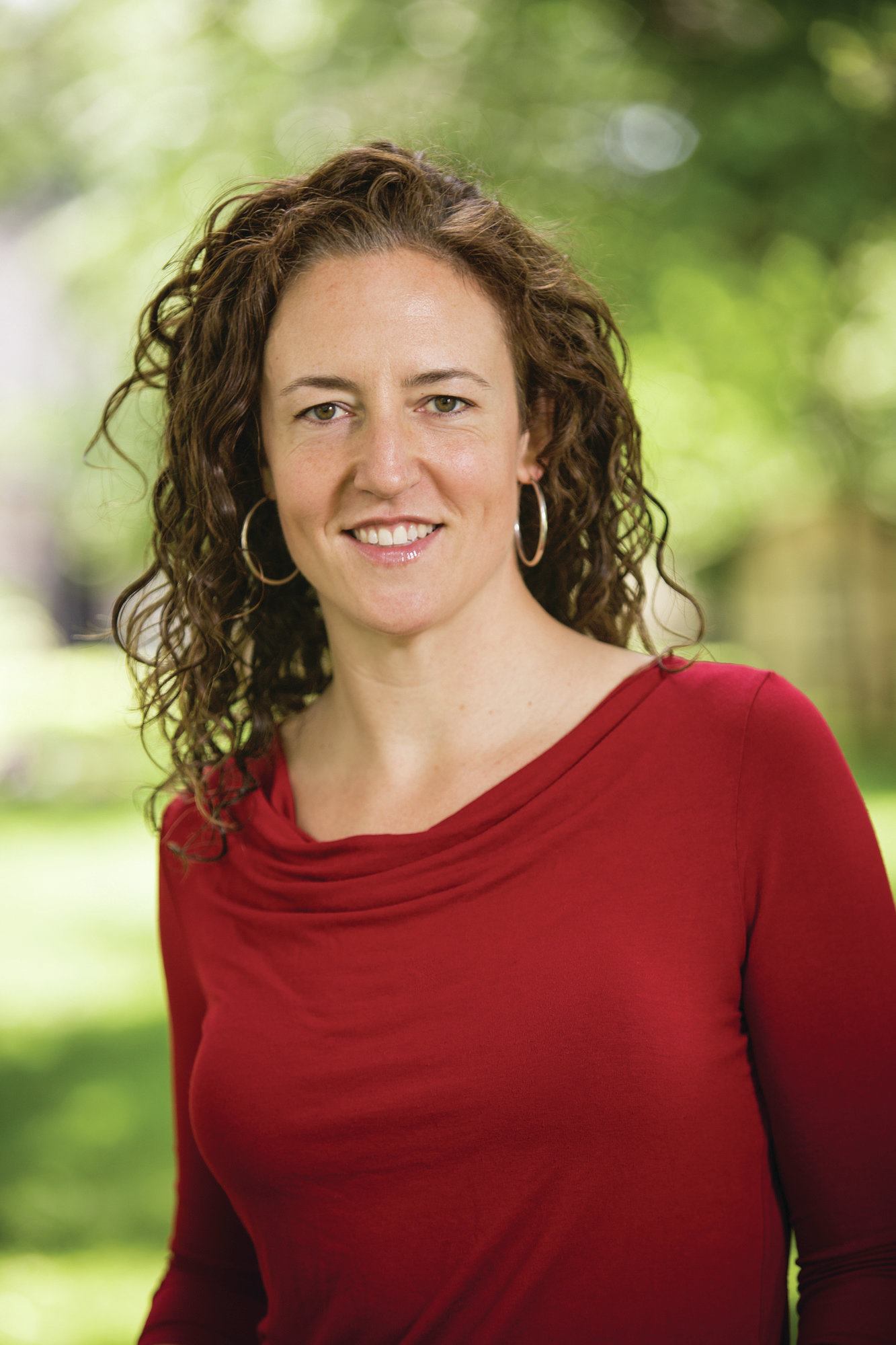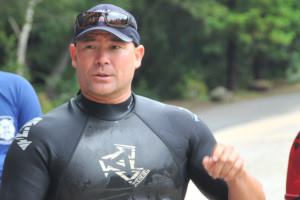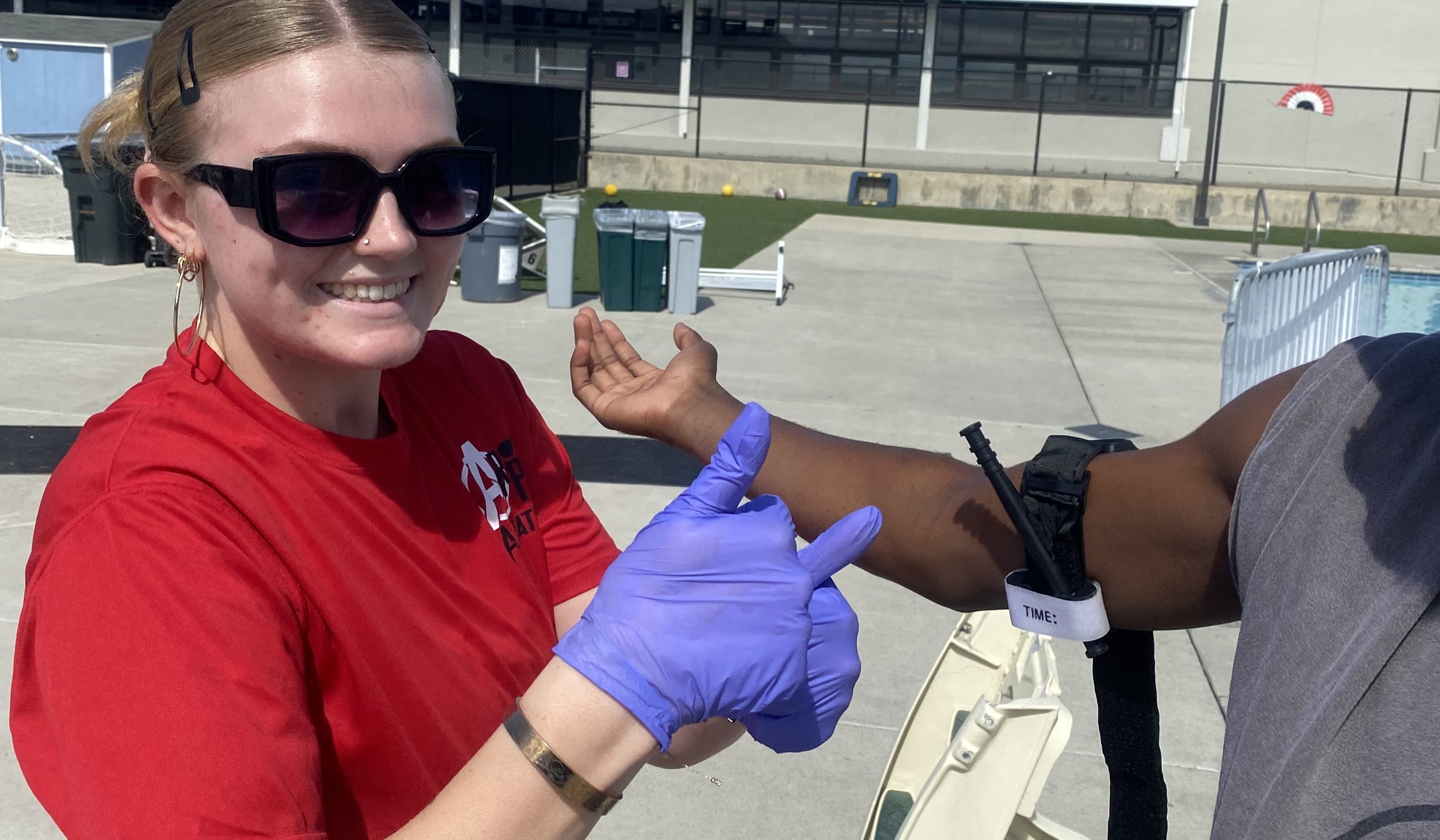In John Cheever’s 1964 short story “The Swimmer,” Neddy Merrill attempts to swim across every pool in his county. A modern take on the tale would likely have our protagonist blogging about his experience as he went along.
Consider Mica Root the nonfiction Neddy Merrill of the 21st century.
Philadelphia earns the distinction of having the most outdoor public pools of any city in the nation. Root swam in all 70 of them, a journey two summers in the making. Somewhere along the course of her mission, she became Philly’s resident pool historian.
The New York native studied English at Harvard, spent some time as a travel writer, moved to the City of Brotherly Love, founded a nonprofit and eventually found herself longing for something different. “I thought ‘What would be the best possible way to spend the summer?’ It would be to sit by my favorite city pool,” says Root, 36.
So she got a job as a lifeguard at the O’Connor pool in central Philly — a pool she was astonished to learn was desegregated as recently as 1987. “Hearing that story, and telling the other lifeguards, everyone was like, ‘You’ve got to write this stuff down,’” Root recalls. So in September of last year she launched phillypublicpools.com.
There’s the pool on Washington Avenue, which appeared in the music video for Bruce Springsteen’s “Streets of Philadelphia” and was later the recipient of a $45,000 donation from “The Boss” himself. It also was the site of an elaborate press conference where Mayor Michael Nutter trumpeted that all municipal pools would be open for summer 2010. This was welcome news as many of the city’s residents spent the sweltering summer prior with limited options for relief due to budget cuts. And there’s the Barry Playground pool in South Philly, which was ground-zero for a debate over an antiquated policy that had boys and girls swimming on separate days. It was one of the few pools that, up until 2001, enforced gender segregation.
Root’s website is a work in progress. Her plan is to profile each and every city-funded aquatic venue and provide practical information, such as hours, address, rules, etc. You also can read about some of the pool employees who’ve become community leaders through their decades of service.
The blog has already proven to be a great resource for locals. City pools open on a staggered schedule, so if you wondered when a specific pool was going to come back to life, you’d have to navigate the city’s byzantine website. Root streamlined the process with a simple schedule. “This summer, when the pools were opening, my blog was getting 800 hits a day,” she says.
When necessary, she’ll use her blog to keep the media in check. When a woman was barred from two pools because her swimwear was mistaken for underwear, the rejected pool guest stirred up a minor controversy that made headlines. Root called for the media to stop inflating the incident and instead highlight the good these public facilities provide. “I would love to see the pools making news for all the kids they teach to swim, all the people they cool off,” Root says. “They are places where people, who might not ever rub shoulders except in a super market, are swimming and splashing and having fun together.”
With her pool tour complete, Root has many more stories yet to tell. Future blog entries will include a facility that had hand-written signs in Russian, just one example of a pool reflecting Philly’s diverse cultural make-up.
“This thing that some might look at as a luxury, in the heat of the summer, is a necessity that enriches peoples’ lives so much,” Root says.



